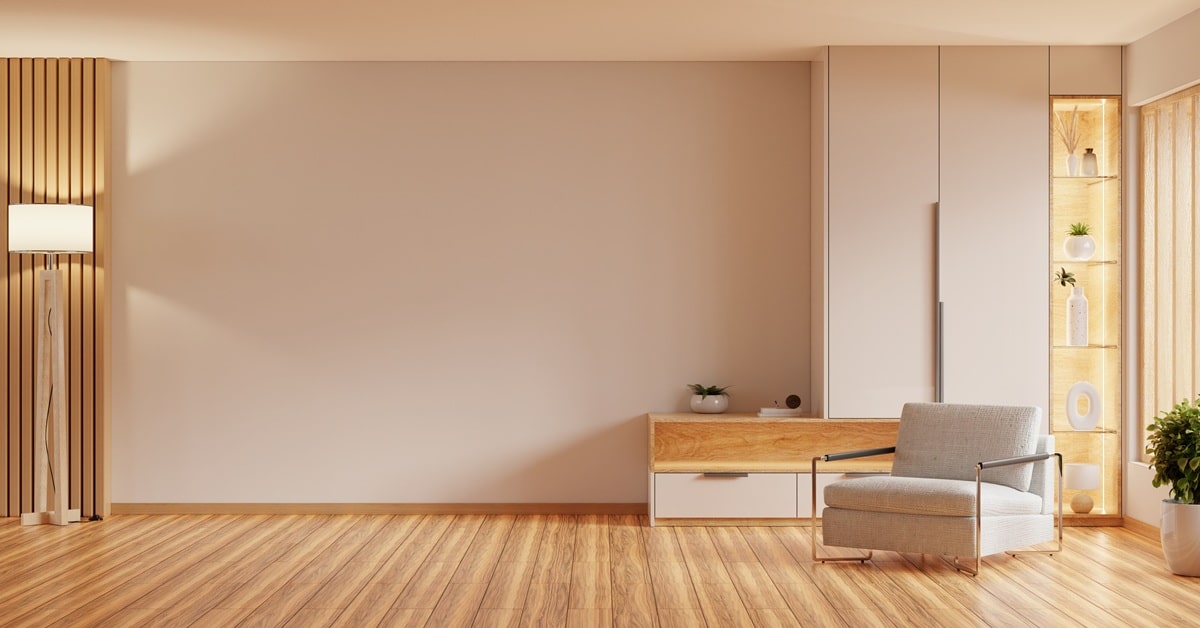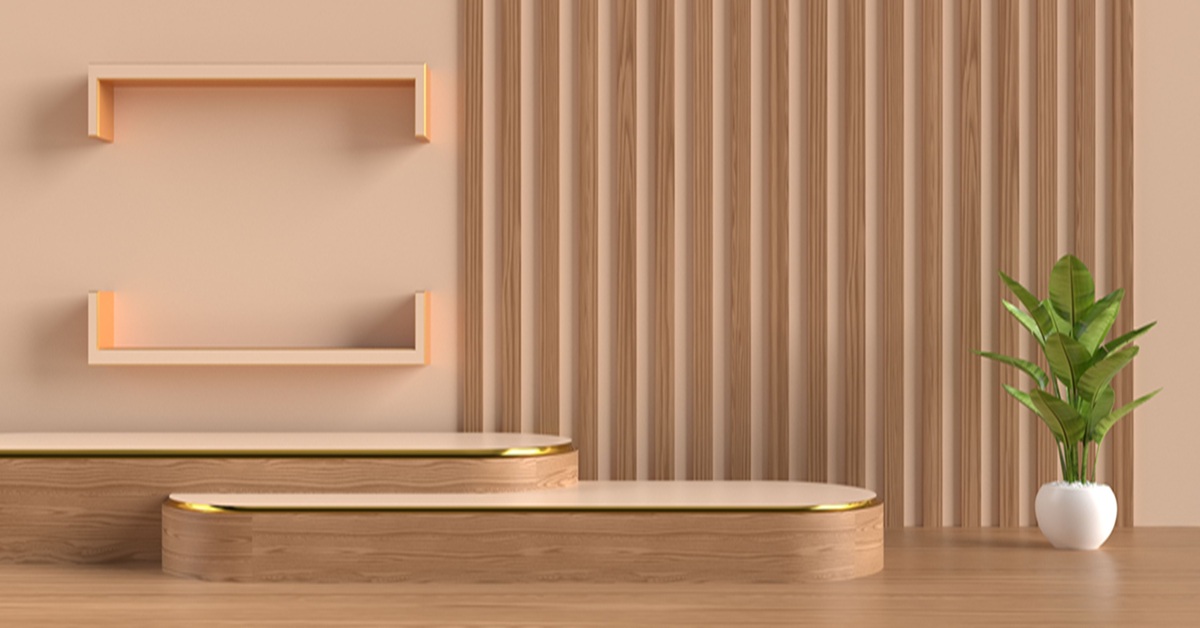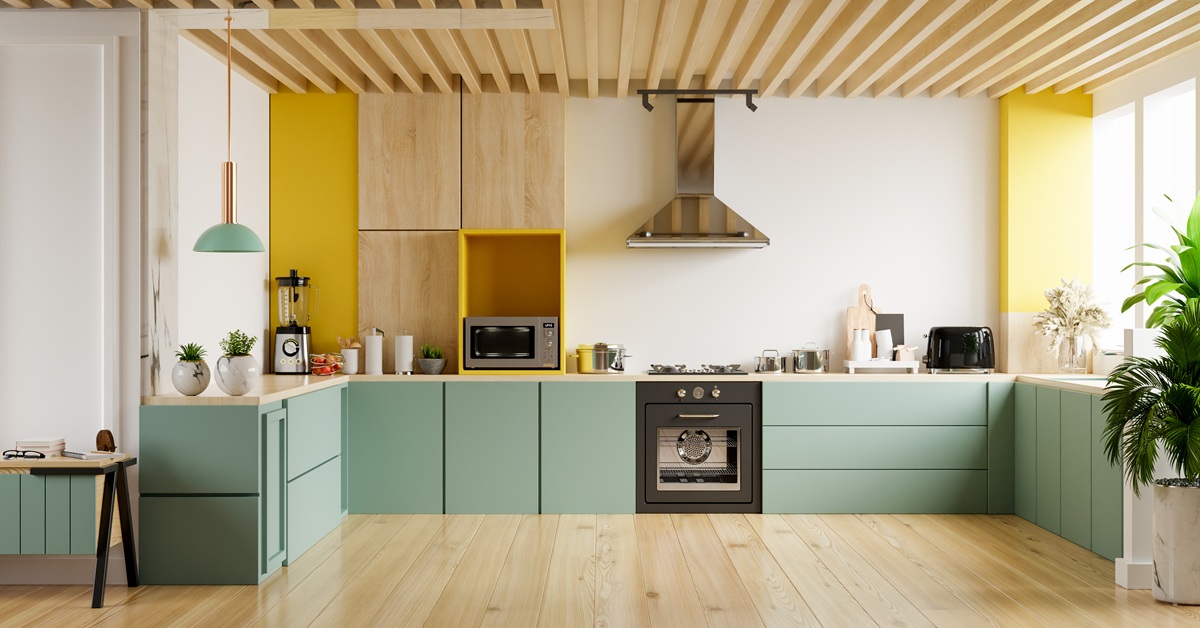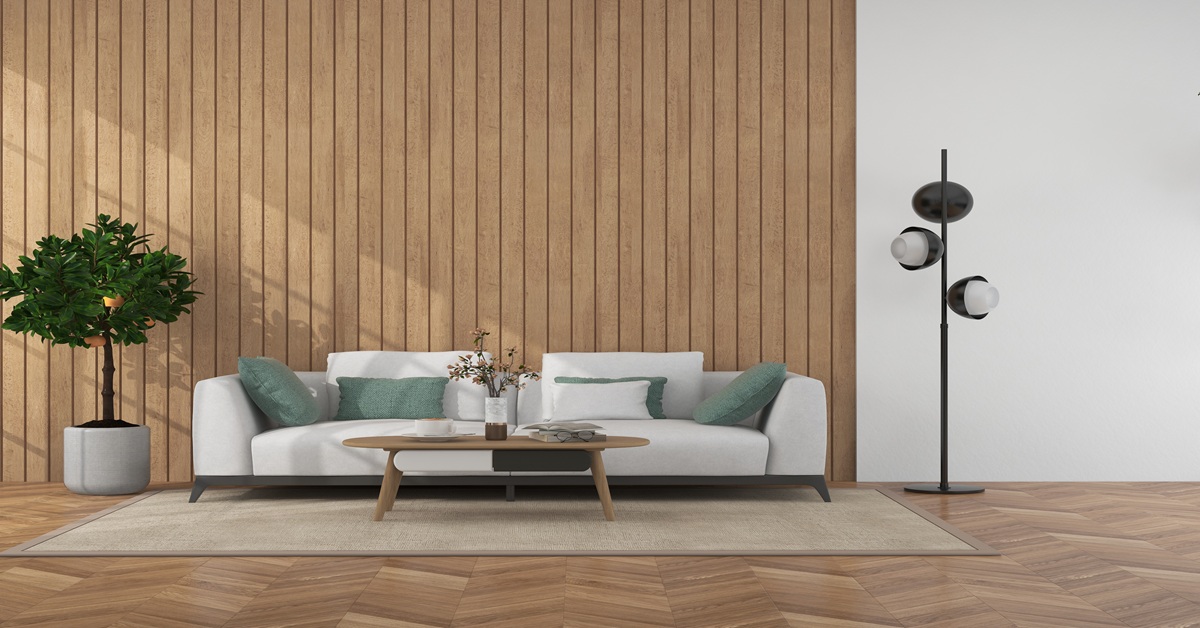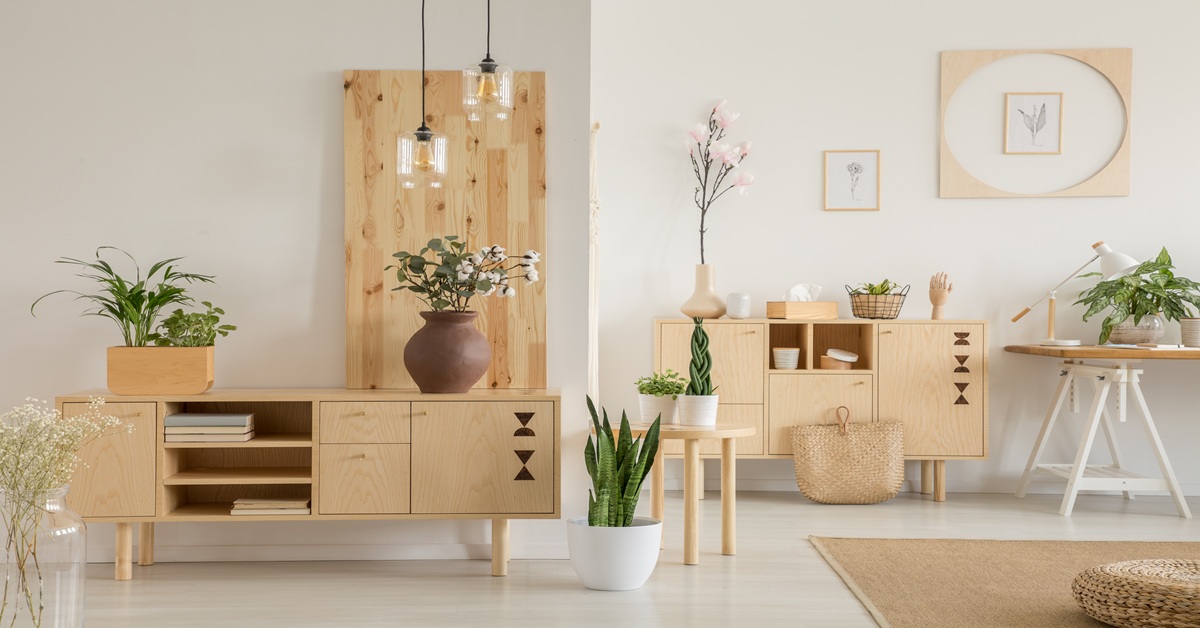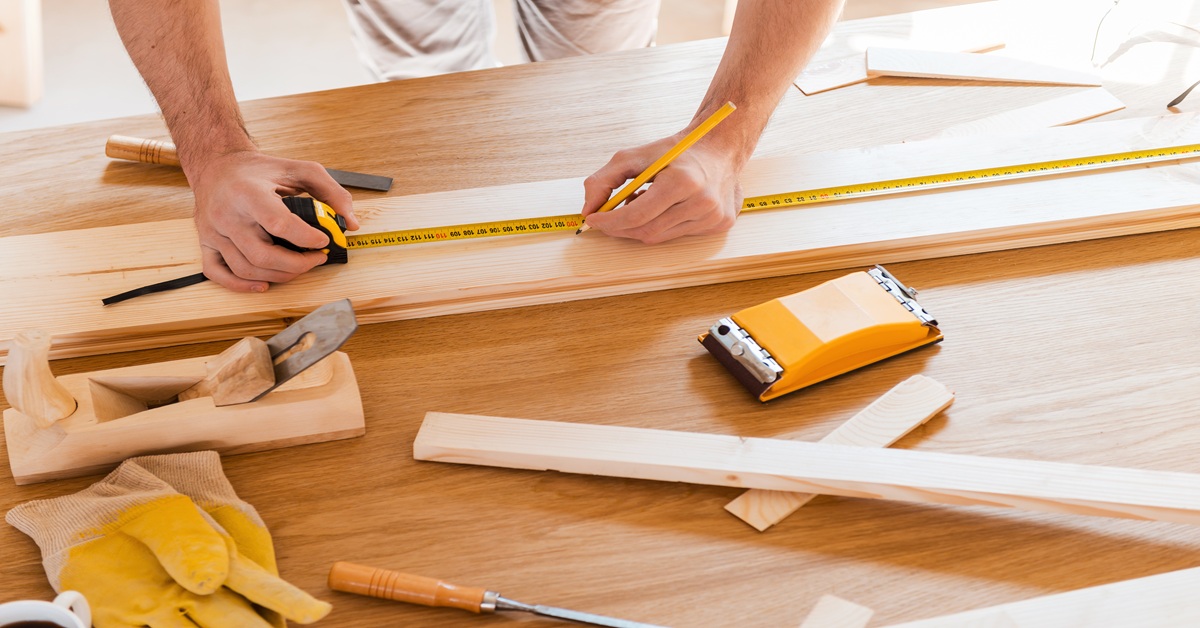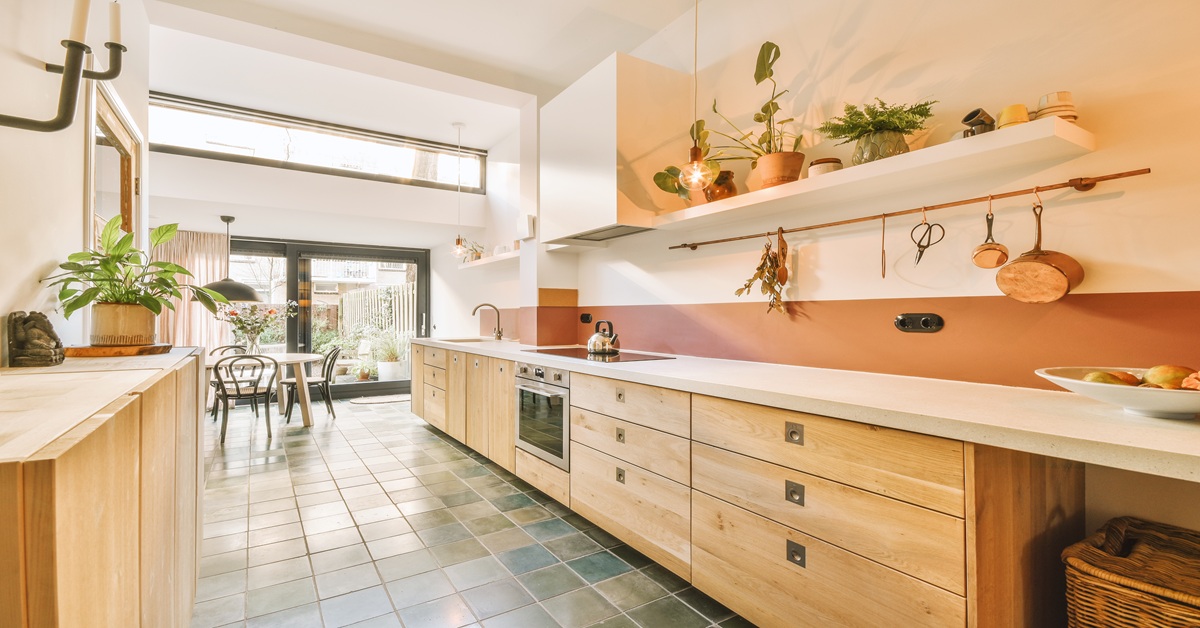Introduction
When it comes to selecting the right type of plywood for water-related projects, understanding the different grades of marine plywood is crucial. Marine plywood is specifically engineered to resist moisture and withstand the challenges posed by aquatic environments. However, not all marine plywood is created equal; the grading system can be complex, and choosing the right grade is essential for the success of your project. In this guide, we will demystify marine plywood grades, explaining their differences and how to choose the best option for your needs.
What is Marine Plywood?
Before delving into grades, it’s essential to understand what marine plywood is. Marine plywood is a high-quality plywood designed for use in humid or wet conditions. It is constructed using durable hardwood veneers and waterproof adhesives, making it resistant to delamination and swelling when exposed to moisture. Common applications include boat building, outdoor furniture, and various structures that require water resistance.
The Grading System for Marine Plywood
Marine plywood is graded based on several factors, including the quality of the veneers, the type of adhesive used, and the number of defects allowed. Understanding these grades can help you select the right plywood for your specific project.
- Grading Standards
- Various organizations set grading standards for marine plywood, including the American Plywood Association (APA) and the International Organization for Standardization (ISO). These organizations assess the material’s quality, performance, and suitability for marine applications.
- Common Grades
- Marine plywood is typically available in three main grades: A, B, and C. Each grade has specific characteristics that make it suitable for different applications.
- Grade A: This is the highest quality marine plywood, featuring a smooth surface with minimal defects. It is often used in applications where aesthetics are essential, such as boat interiors and visible furniture pieces. Grade A marine plywood has a high resistance to moisture and is suitable for high-end projects.
- Grade B: This grade offers a balance between quality and cost. It has a smooth surface but may contain a few minor defects, such as knots or small repairs. Grade B marine plywood is suitable for applications where appearance is less critical, such as structural components in boats and outdoor structures.
- Grade C: The lowest quality of marine plywood, Grade C features a rough surface with more visible defects and repairs. It is typically used for less visible applications or where aesthetics are not a primary concern. Despite its lower grade, it still maintains a level of water resistance that makes it suitable for certain marine applications.
Factors to Consider When Choosing Marine Plywood Grades
- Project Requirements
- Before selecting a grade, assess your project’s requirements. If appearance is crucial, such as in apparent areas of a boat, opt for Grade A plywood. For structural applications where aesthetics are less important, Grade B or C may suffice.
- Exposure to Moisture
- Consider how much moisture the plywood will be exposed to. For areas that will consistently be in contact with water, higher-grade marine plywood is recommended to ensure durability.
- Budget Constraints
- Higher-grade marine plywood typically comes with a higher price tag. Weigh your budget against your project needs to find the best balance between quality and cost.
- Local Availability
- Availability of specific grades can vary by region. Consult local suppliers to determine which grades of marine plywood are readily available for your project.
- Certifications and Standards
- Look for plywood that meets recognized standards, such as those set by the APA or ISO. Certified plywood ensures compliance with quality and performance benchmarks.
Advantages of Using Higher-Grade Marine Plywood
- Enhanced Durability
- Higher-grade marine plywood, like Grade A, offers superior durability and moisture resistance, making it ideal for demanding applications.
- Aesthetic Quality
- The smooth surface of Grade A plywood allows for a flawless finish, making it suitable for projects where appearance matters.
- Longer Lifespan
- Investing in higher-quality marine plywood can lead to a longer lifespan and fewer repairs or replacements over time.
- Increased Value
- Projects that utilize high-quality materials tend to have a higher overall value, whether in terms of resale or functionality.
How to Maintain Marine Plywood
Regardless of the grade, proper maintenance is essential for maximizing the lifespan of marine plywood.
- Regular Cleaning
- Keep marine plywood clean to prevent the buildup of dirt and mildew. Use a mild detergent and soft cloth to clean surfaces without damaging the finish.
- Sealing and Finishing
- Apply a high-quality marine varnish or sealant to protect the plywood from moisture and UV damage. Regularly reapply sealants as needed to maintain protection.
- Inspect for Damage
- Regularly check for signs of wear, rot, or insect damage. Promptly address any issues to prevent further deterioration.
- Proper Storage
- If not in use, store marine plywood in a dry, covered area to protect it from moisture and the elements.
Conclusion
Understanding the grades of marine plywood is essential for making informed choices in your building projects. Whether you’re constructing a boat, outdoor furniture, or a structure exposed to moisture, selecting the right grade can make all the difference in durability, appearance, and overall success.
Wigwam offers a variety of marine plywood options engineered specifically to meet your project needs. Our high-quality products ensure that you have the right materials for any application, combining performance and aesthetic appeal. Explore our selection to find the ideal marine plywood for your next project, ensuring longevity and reliability in your construction ventures.

